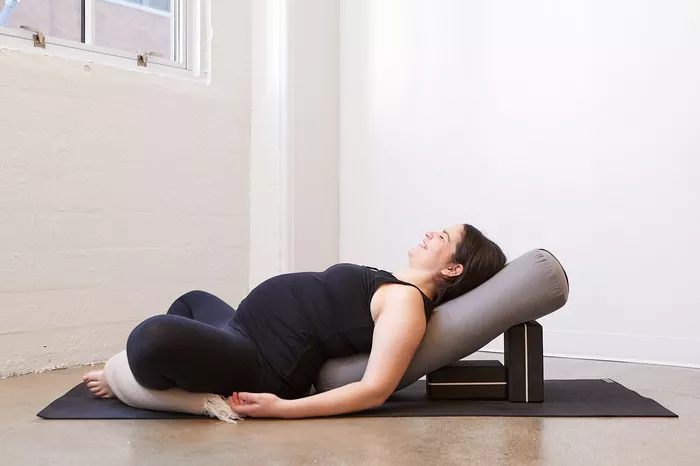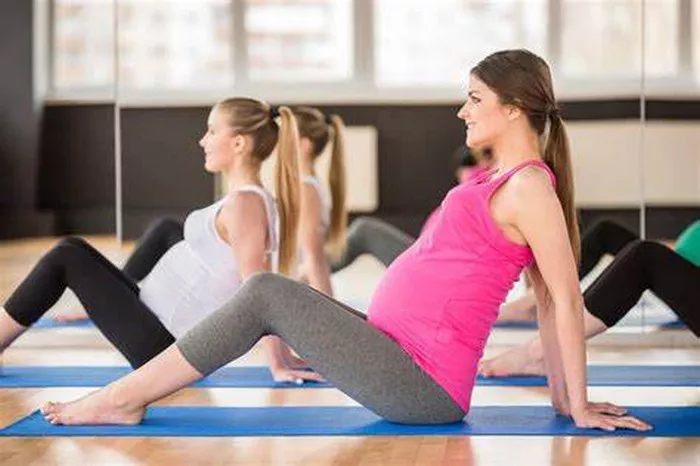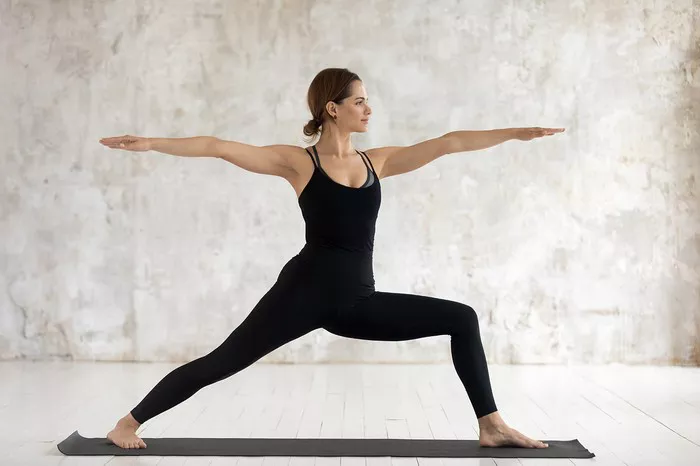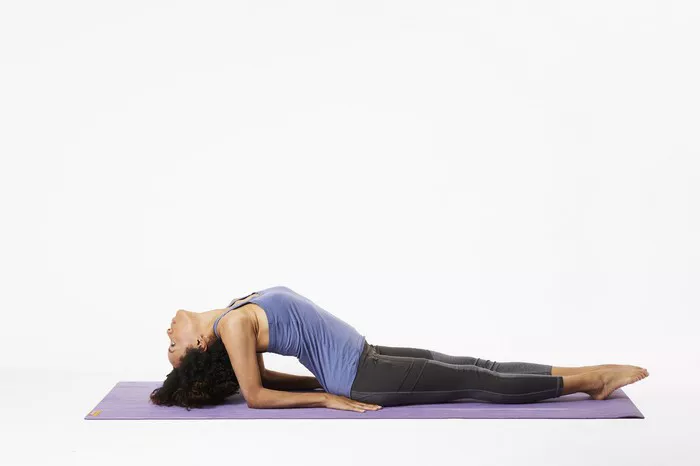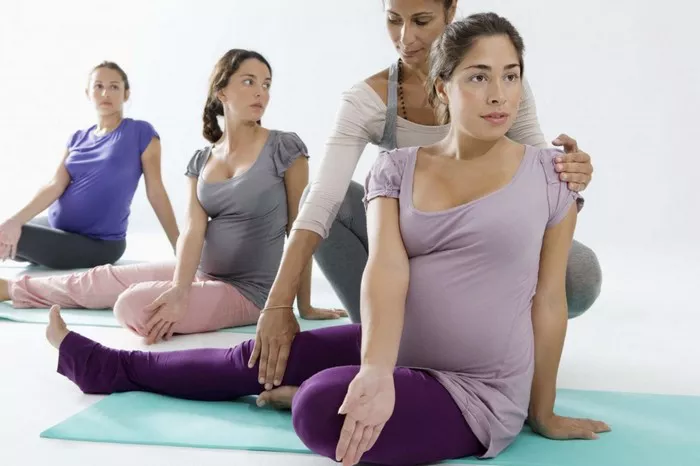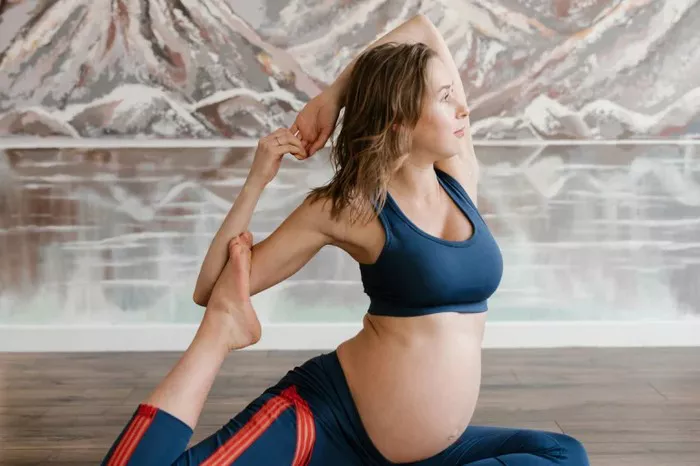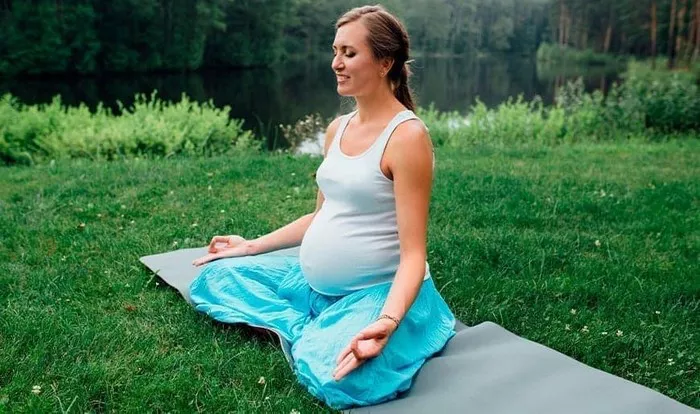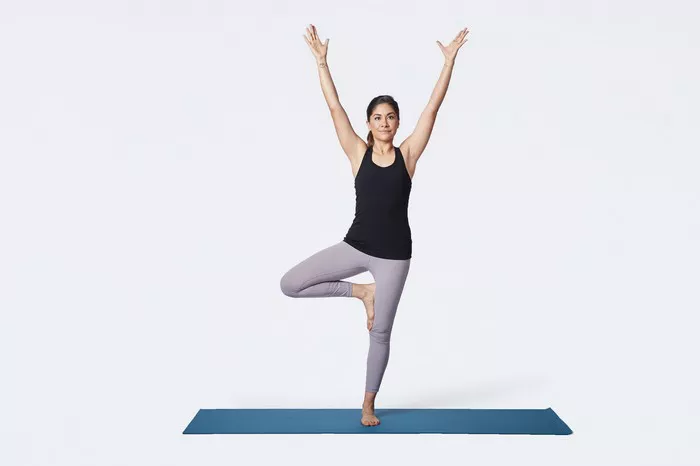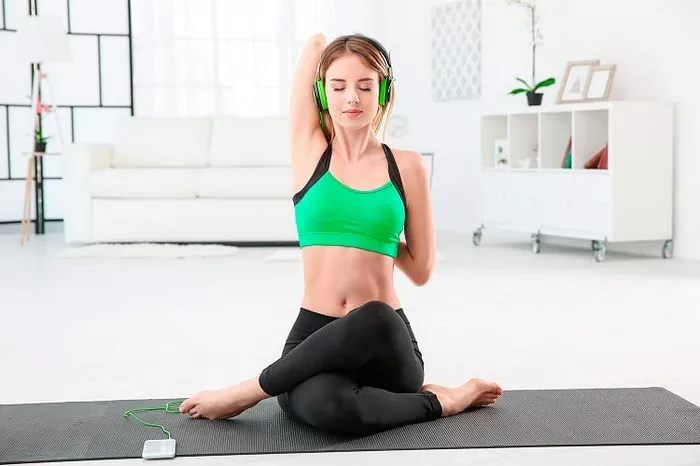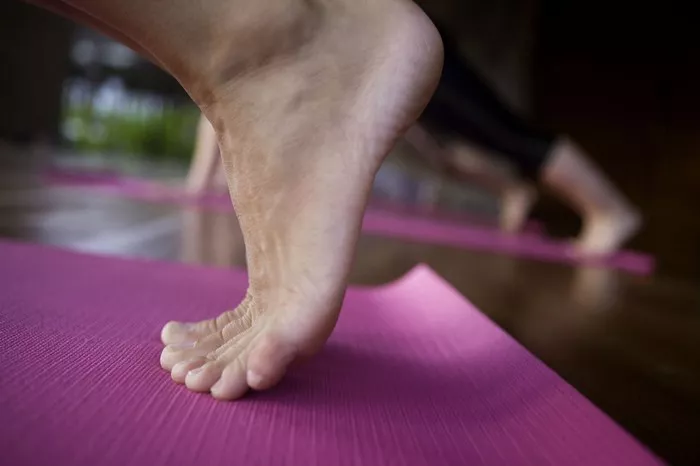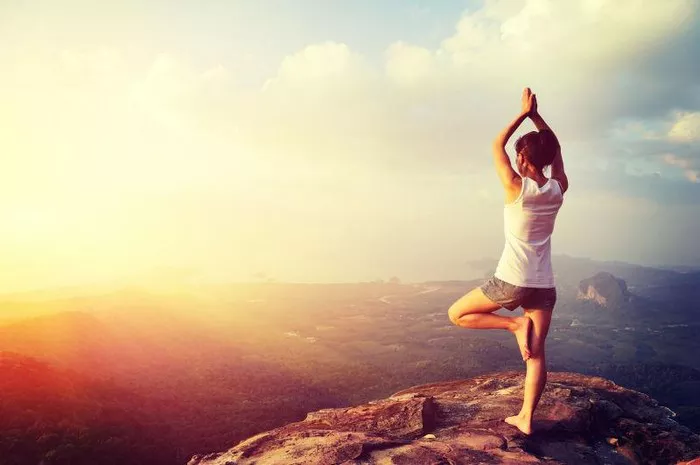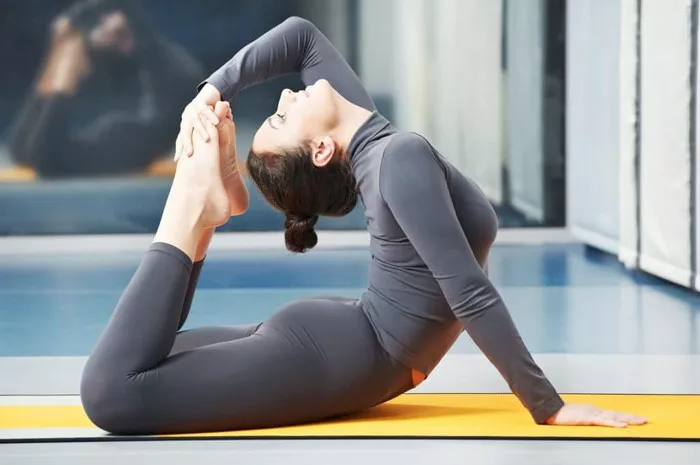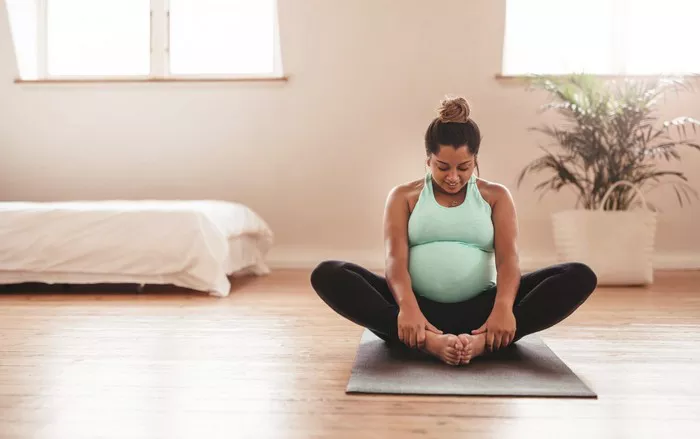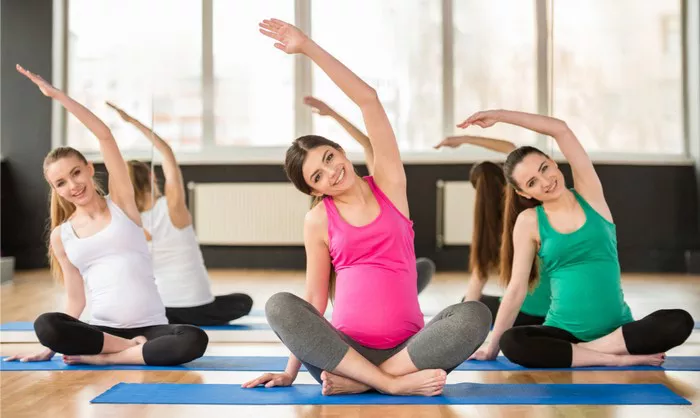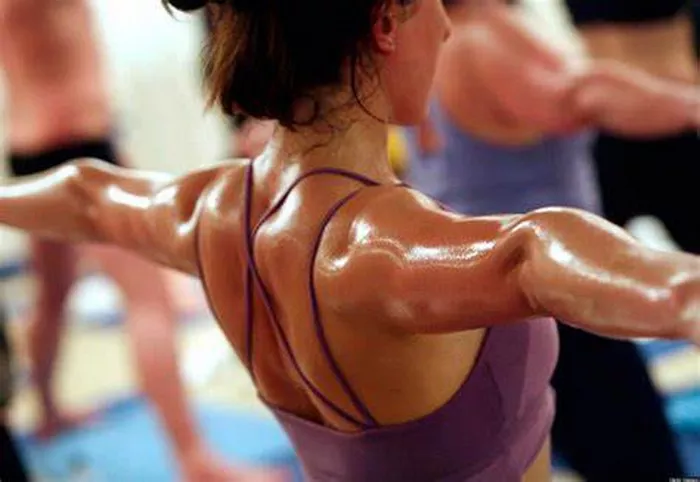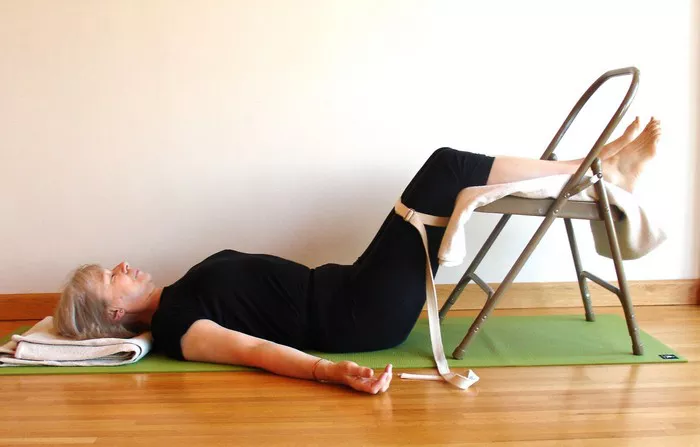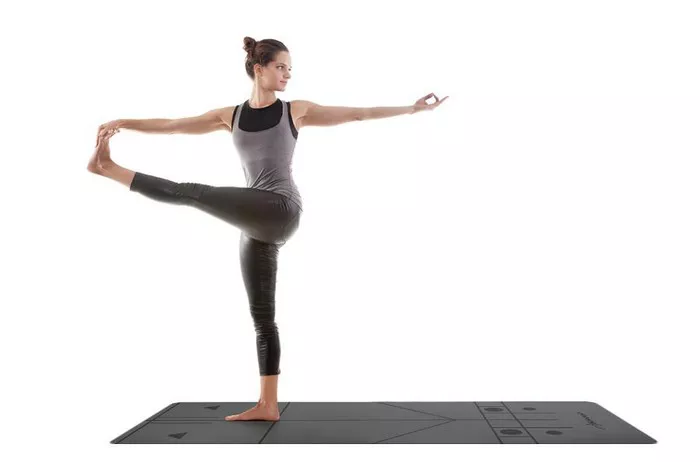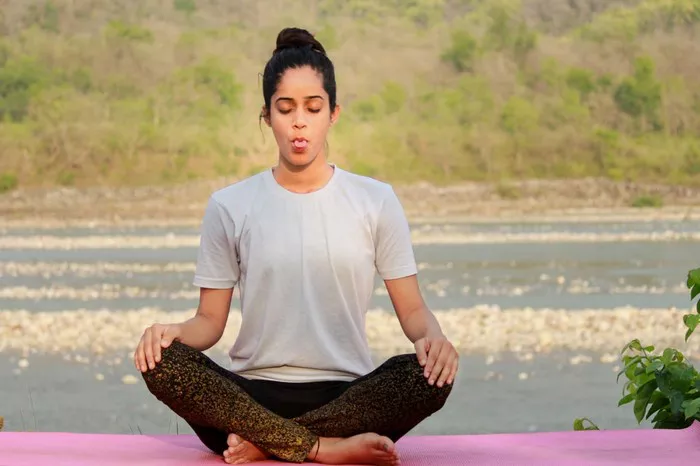Yoga is an ancient practice that blends physical postures, breathing techniques, and meditation to promote overall well-being. Among the many asanas (yoga postures), the Cat-Cow pose is one of the most fundamental and effective sequences. It is often introduced to beginners as a warm-up, but it remains a valuable tool for practitioners of all levels. This sequence is excellent for improving spinal flexibility, stimulating internal organs, and aligning the mind and body. However, to get the most out of the Cat-Cow pose, it is essential to synchronize the breath with the movement.
In this article, we will explore the right moments to inhale and exhale during the Cat-Cow pose, the benefits of doing so, and how it can enhance your overall practice. Whether you’re a seasoned yogi or a beginner, understanding the breath and movement connection in this posture can significantly deepen your practice and improve your physical and mental health.
Understanding the Cat-Cow Pose
The Cat-Cow pose, or Marjaryasana-Bitilasana in Sanskrit, is a combination of two poses: Marjaryasana (Cat Pose) and Bitilasana (Cow Pose). These poses are typically performed on all fours, also known as the tabletop position, and are commonly done in a flowing sequence. Here’s a basic breakdown of the two movements:
Cow Pose (Bitilasana): In this pose, you arch your back, letting your belly drop toward the floor, and lift your head and tailbone upward toward the sky. This creates a gentle curve in the spine, opening the chest and stretching the front of the body.
Cat Pose (Marjaryasana): In contrast to Cow Pose, you round your spine upward, tucking your chin toward your chest and drawing your belly button toward your spine. The motion mimics a cat stretching its back, creating a gentle flexion in the spine.
Together, these two poses create a dynamic sequence that encourages fluid spinal movement, increases flexibility, and can relieve tension in the neck, shoulders, and back. While the movement of the body is important, coordinating the breath with the movement is equally crucial for maximizing the benefits.
The Role of Breath in Yoga
Breath is the cornerstone of yoga practice. It is through the breath that we can connect our body, mind, and spirit. In many yoga styles, breath control or pranayama is used to focus the mind and regulate the flow of energy, or prana, throughout the body. Proper breathing can deepen a yoga practice, enhance relaxation, and even improve mental clarity.
In the case of the Cat-Cow pose, the breath plays a pivotal role in facilitating the spinal movement and ensuring that the stretch is smooth and controlled. Each inhale and exhale should be intentional, guiding the body through the movements of the posture. By synchronizing breath with movement, you create a mindful and harmonious flow.
The Breathing Pattern for Cat-Cow Pose
Now that we have established the importance of breath in yoga, let’s look at how to synchronize the breath with the movement in the Cat-Cow pose. The general rule is to inhale during Cow Pose and exhale during Cat Pose. Here’s why:
Inhale during Cow Pose (Bitilasana): As you arch your back and open your chest in Cow Pose, the inhale encourages expansion. The breath draws energy into the body, filling the lungs and creating space in the front of the torso. This is the moment to deepen the stretch, creating length in the spine and opening the chest. The inhale naturally supports this expansive motion, as the body naturally expands when you breathe in.
Exhale during Cat Pose (Marjaryasana): In contrast, when you round your spine in Cat Pose, the exhale assists with the contraction of the body. As you exhale, the ribcage contracts, and the abdominal muscles engage, helping to deepen the curve of the spine. The exhale provides a grounding effect, allowing you to fully engage the core and stretch the back of the body.
To put it simply, the Cow Pose, with its open chest and expansive shape, is naturally paired with the inhale, while the Cat Pose, with its rounded back and engagement of the core, aligns with the exhale.
Step-by-Step Guide to Breathing in Cat-Cow Pose
To further help you with the practice, here’s a step-by-step breakdown of how to properly breathe through each phase of the Cat-Cow sequence:
Start in Tabletop Position: Begin by positioning yourself on your hands and knees. Ensure that your wrists are directly under your shoulders and your knees are directly under your hips. Keep your spine neutral and your head aligned with your back.
Inhale into Cow Pose: On your inhale, gently arch your back and lower your belly toward the floor. Lift your chest forward, drawing your shoulder blades down your back. Allow your head to lift slightly, gazing forward or slightly upward. Feel the expansion in your chest and the opening in the front of your body. Breathe deeply into your belly, allowing the breath to fill the space you’re creating.
Exhale into Cat Pose: On your exhale, slowly round your back, tucking your chin toward your chest. Draw your belly button inward, engaging your core. Press into your hands and knees as you continue to deepen the curve of your spine, creating a rounded shape like a cat stretching. Continue to exhale completely, engaging your diaphragm as you draw the breath out.
Repeat the Cycle: Continue flowing between these two positions, moving with your breath. Inhale as you move into Cow Pose, and exhale as you transition into Cat Pose. The goal is to create a seamless flow between the two movements, allowing your breath to guide the pace of the practice.
The Benefits of Coordinating Breath with Movement
The synchronized breathing pattern during the Cat-Cow pose does more than just help you maintain a smooth rhythm. It has many specific benefits for both the body and the mind:
Enhanced Spinal Flexibility: The movement between arching and rounding the spine improves flexibility in the vertebrae and surrounding muscles. The breath encourages the body to move into these positions with greater ease, enhancing the range of motion.
Improved Posture: By consistently practicing the Cat-Cow pose with mindful breathwork, you help align the spine and improve posture. The inhale opens the chest and expands the ribcage, encouraging a natural curve in the spine. The exhale helps engage the muscles that support good posture, such as the abdominals and back muscles.
Stress Relief: The rhythmic nature of the breath and movement in Cat-Cow has a calming effect on the nervous system. Deep breathing activates the parasympathetic nervous system, promoting relaxation and reducing stress. This makes the Cat-Cow sequence an excellent tool for calming the mind and releasing tension.
Stimulation of Internal Organs: The gentle arching and rounding of the spine during the Cat-Cow sequence also helps to stimulate the internal organs, particularly those in the abdomen. The stretching of the front body and compression of the back body massages the digestive organs, aiding in digestion and promoting overall internal health.
Core Engagement: The Cat-Cow pose is a great way to engage the core muscles. As you exhale and round your back, your abdominal muscles contract. This helps strengthen the muscles that support the spine and improve overall core stability.
Breathing Practice: For those who are new to pranayama (breathing exercises), the Cat-Cow pose provides a gentle introduction. It teaches you how to coordinate the breath with physical movement, which is essential for deeper pranayama practices and meditation.
Tips for Practicing Cat-Cow with Mindful Breathing
While it’s essential to follow the inhale-exhale pattern, here are a few tips to help you get the most out of your Cat-Cow practice:
Mind Your Posture: Pay attention to the alignment of your body. Keep your wrists under your shoulders and your knees under your hips. Avoid collapsing your lower back during the Cow Pose, and keep the movements controlled to avoid straining your neck and back.
Move Slowly and Mindfully: The Cat-Cow sequence is a fluid movement, but take your time with each inhale and exhale. Don’t rush through the transitions—let your breath guide the pace, allowing your body to flow gently from one pose to the next.
Focus on Your Breath: Keep your attention on your breath. If your mind starts to wander, gently bring your focus back to your inhales and exhales. Deepen your breath as you move through the sequence.
Use Props if Needed: If you experience discomfort in your wrists or knees, consider using a mat or towel for extra cushioning. You can also use blocks under your hands for added support.
Practice Regularly: Consistency is key in yoga. Make the Cat-Cow sequence a regular part of your practice, whether as part of your warm-up or a standalone posture. The more you practice, the more connected you’ll feel to your breath and body.
Conclusion
The Cat-Cow pose is a simple yet incredibly effective sequence in yoga that offers a wide range of physical and mental benefits. Understanding when to inhale and exhale during this sequence—inhale during Cow Pose and exhale during Cat Pose—is crucial for optimizing the benefits of the posture. By synchronizing your breath with movement, you not only enhance the flexibility and strength of your spine but also calm your mind and improve your overall yoga practice.
Incorporate mindful breathing into your Cat-Cow practice, and you will feel the positive effects on your body, breath, and mind. Whether you’re a beginner or an experienced yogi, this foundational pose is a powerful tool to build awareness and connection within your practice.
Related Topics:

